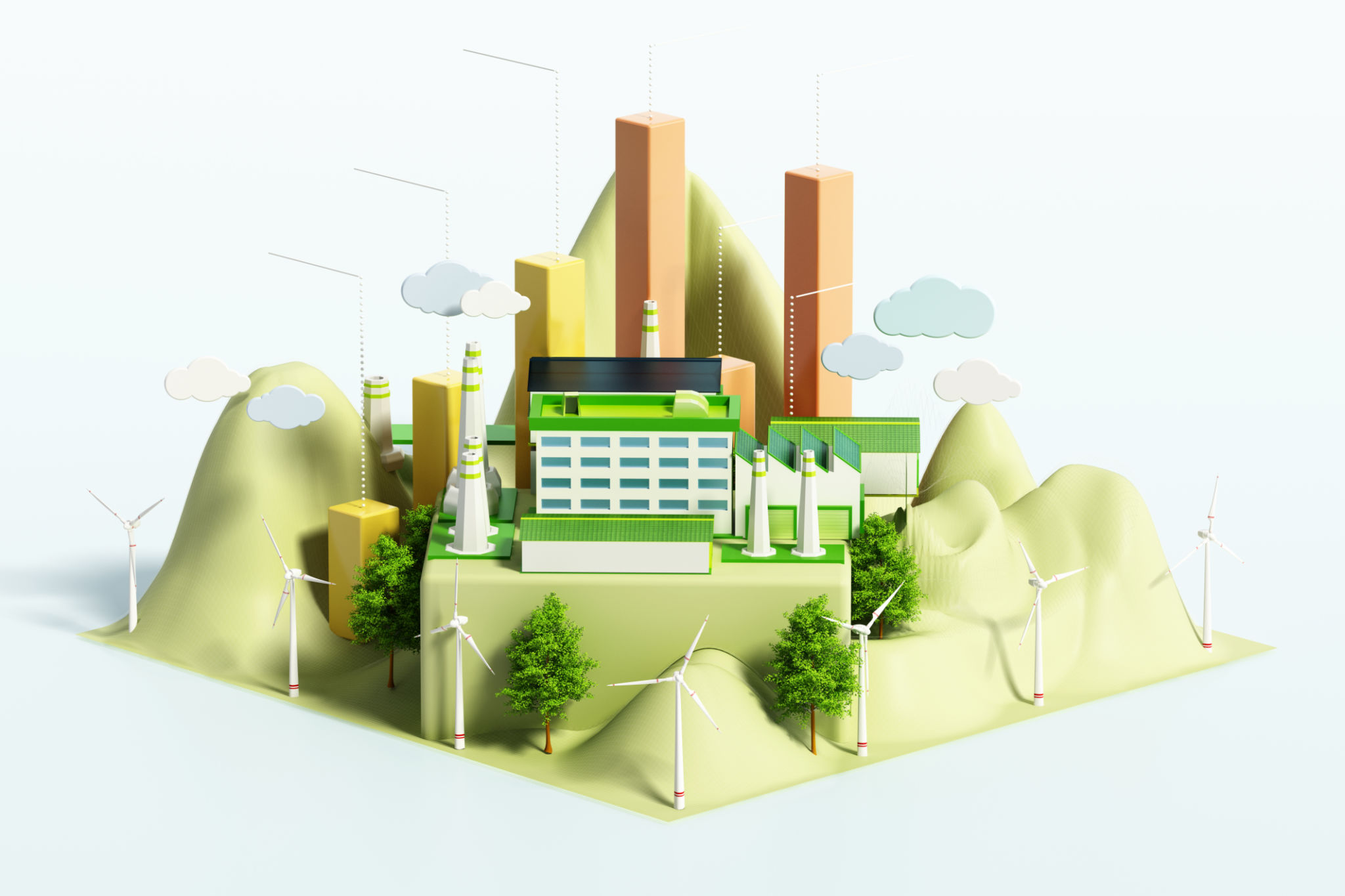Eco-Friendly Innovations in Welding: Leading the Industry Forward
Introduction to Eco-Friendly Innovations in Welding
As industries around the globe strive to reduce their carbon footprint, the welding sector is no exception. Welding, a crucial process in manufacturing and construction, is undergoing a significant transformation through eco-friendly innovations. These advancements not only aim to minimize environmental impact but also improve efficiency and safety in welding operations.
Traditional welding methods often involve high energy consumption and emissions of harmful gases. However, recent innovations are paving the way for a more sustainable future. By adopting these eco-friendly practices, the welding industry is leading the charge in sustainable manufacturing.

Energy-Efficient Welding Techniques
One of the most significant improvements in the welding industry is the development of energy-efficient techniques. Methods such as friction stir welding and laser welding have emerged as more sustainable alternatives to conventional arc welding. These techniques require less energy and produce fewer emissions.
Friction stir welding, for instance, uses mechanical pressure and frictional heat to join materials, eliminating the need for filler materials and reducing waste. On the other hand, laser welding offers precision and speed, which reduces energy consumption and improves the overall quality of welds.

The Rise of Green Welding Materials
The choice of materials plays a crucial role in reducing the environmental impact of welding. Green welding materials, such as environmentally friendly fluxes and filler metals, are gaining popularity. These materials are designed to reduce emissions of volatile organic compounds (VOCs) and other harmful substances.
Additionally, the recycling of scrap metal and the use of biodegradable lubricants further contribute to eco-friendly practices in welding. By opting for sustainable materials, welders can significantly decrease their carbon footprint while maintaining high-quality results.
Automation and Digitalization in Welding
Another innovative trend in eco-friendly welding is the integration of automation and digitalization. Automated welding systems not only enhance precision but also optimize energy use by reducing human error and material waste. These systems can be programmed to perform complex welds with minimal supervision, improving both productivity and sustainability.
Moreover, digital tools such as welding simulation software help in planning and optimizing welding procedures before actual execution. This reduces trial-and-error practices, saving resources and minimizing waste.

Training and Education for Sustainable Welding Practices
Education plays a vital role in promoting eco-friendly innovations in welding. By providing training programs focused on sustainable practices, welders can learn about the latest technologies and methods that reduce environmental impact. These programs also emphasize safety and efficiency, ensuring that welders are equipped with the knowledge to implement green practices effectively.
Industry certifications focused on sustainability are becoming increasingly important, encouraging professionals to prioritize eco-friendly practices in their daily operations.
The Future of Eco-Friendly Welding
The future of welding is undeniably green. With continuous advancements in technology and a growing emphasis on sustainability, the industry is set to achieve remarkable reductions in its environmental impact. Collaborations between research institutions, manufacturers, and industry bodies are essential to drive further innovations.
As more companies adopt eco-friendly practices, the demand for sustainable welding solutions will continue to rise. This shift not only benefits the environment but also enhances the reputation of businesses committed to responsible practices.

Conclusion: A Path Towards Sustainability
Eco-friendly innovations are reshaping the welding industry, offering solutions that are both sustainable and efficient. By embracing energy-efficient techniques, green materials, automation, and education, the industry is moving towards a more sustainable future.
As these innovations gain momentum, they serve as a model for other sectors striving to reduce their environmental impact. The journey towards sustainability in welding is ongoing, but with continued dedication and innovation, it promises a brighter future for both the industry and the planet.
